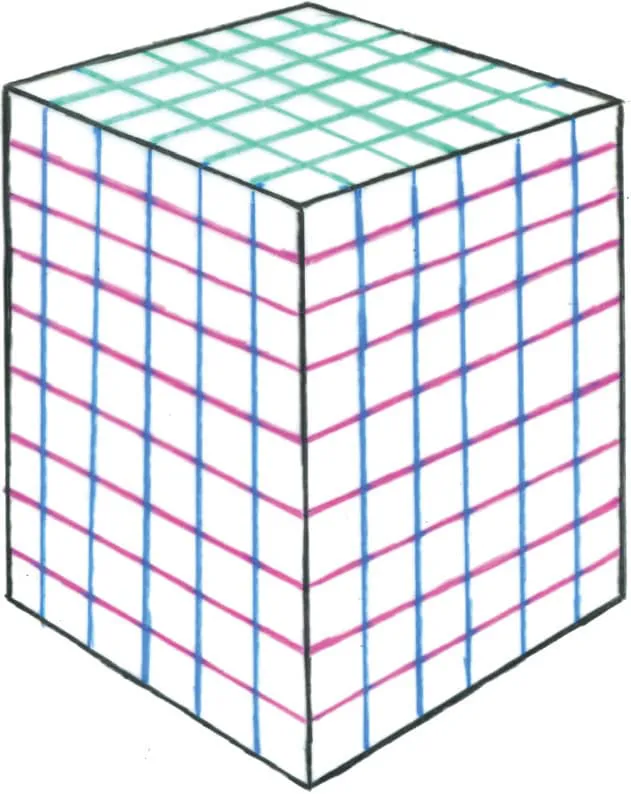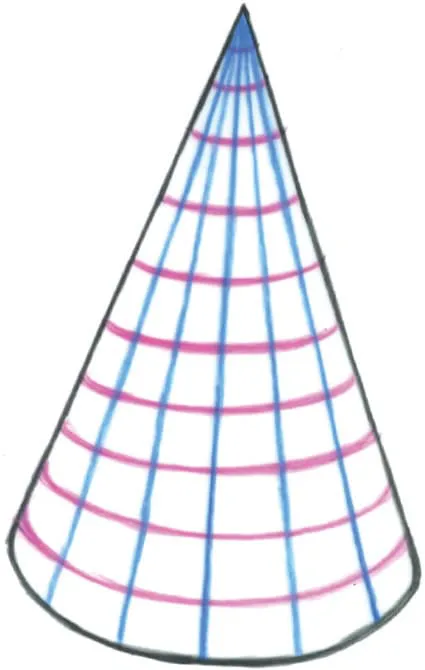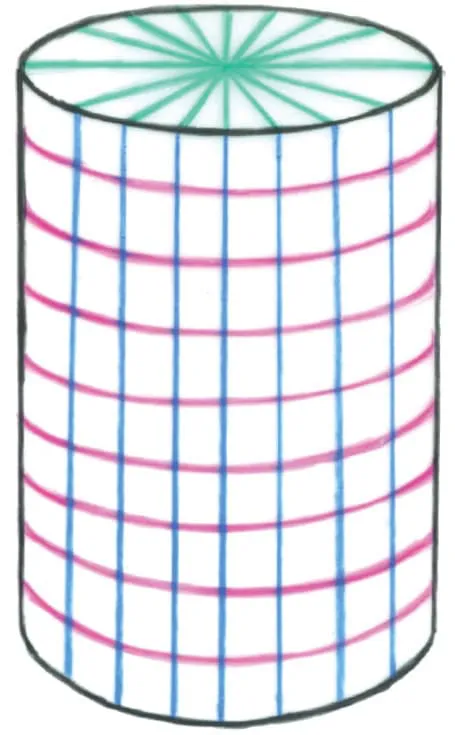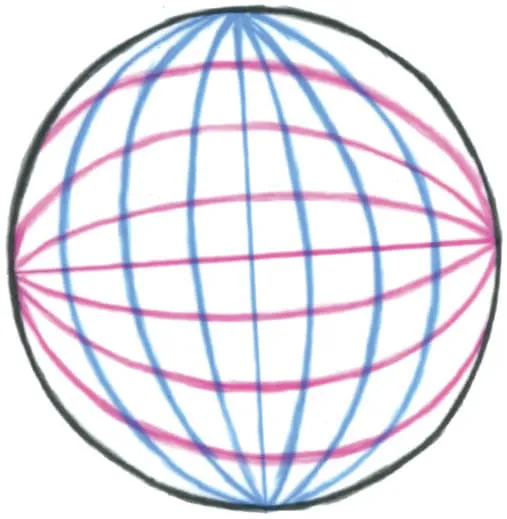
The Art of Botanical & Bird Illustration
An artist's guide to drawing and illustrating realistic flora, fauna, and botanical scenes from nature
Mindy Lighthipe
- 144 pages
- English
- ePUB (mobile friendly)
- Available on iOS & Android
The Art of Botanical & Bird Illustration
An artist's guide to drawing and illustrating realistic flora, fauna, and botanical scenes from nature
Mindy Lighthipe
About This Book
Draw and paint beautiful, vibrant, and realistic birds and botanicals with The Art of Botanical & Bird Illustration.Take a sketch and transform it into fine art! The Art of Botanical & Bird Illustration is a guide for contemporary artists aspiring to master shape, color, and texture and render beautiful, realistic, and vibrant botanical artwork. Author Mindy Lighthipe, an expert botanical artist, educates you about the tools and materials traditionally used in botanical illustration, including pencils, colored pencils, watercolor, gouache, and pastels. This thorough yet easily digestible guide includes overviews of key illustration techniques and basic color theory and mixing, and it's loaded with exercises designed to help you learn to see shape, value, and form. By learning to understand plant life and anatomy, you can craft elegant flowers, leaves, trees, and much more in no time! To bring it all together, The Art of Botanical & Bird Illustration includes step-by-step demonstrations to follow along with as you practice taking sketches and transforming them into fully rendered, colorful pieces of fine art.
Frequently asked questions
Information
Illustration Techniques

Accurate Drawing
Perspective
The Picture Plane

Simple Forms
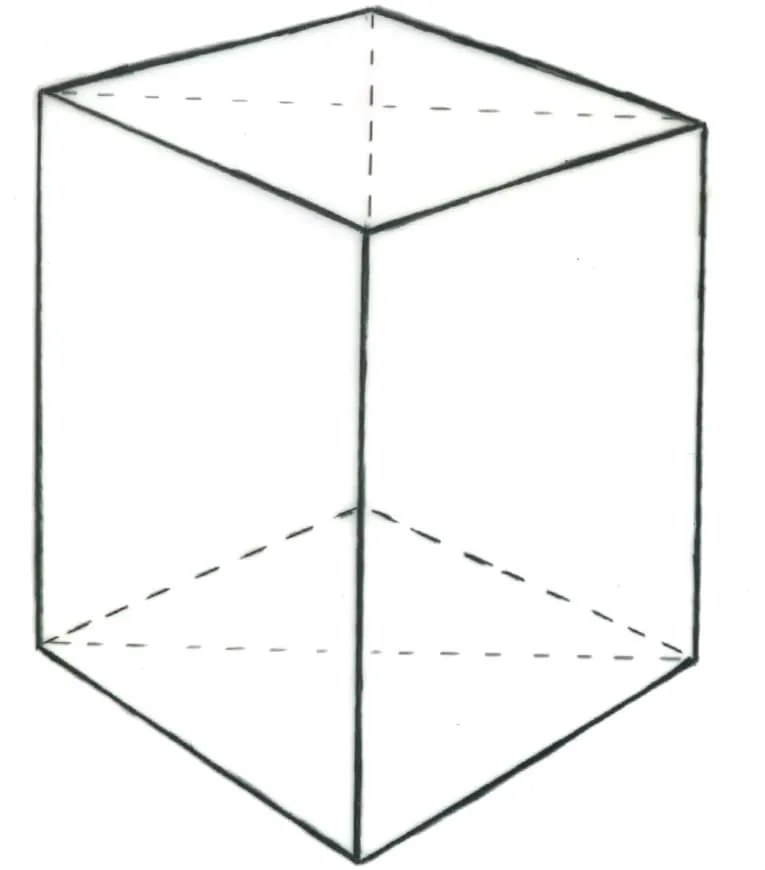
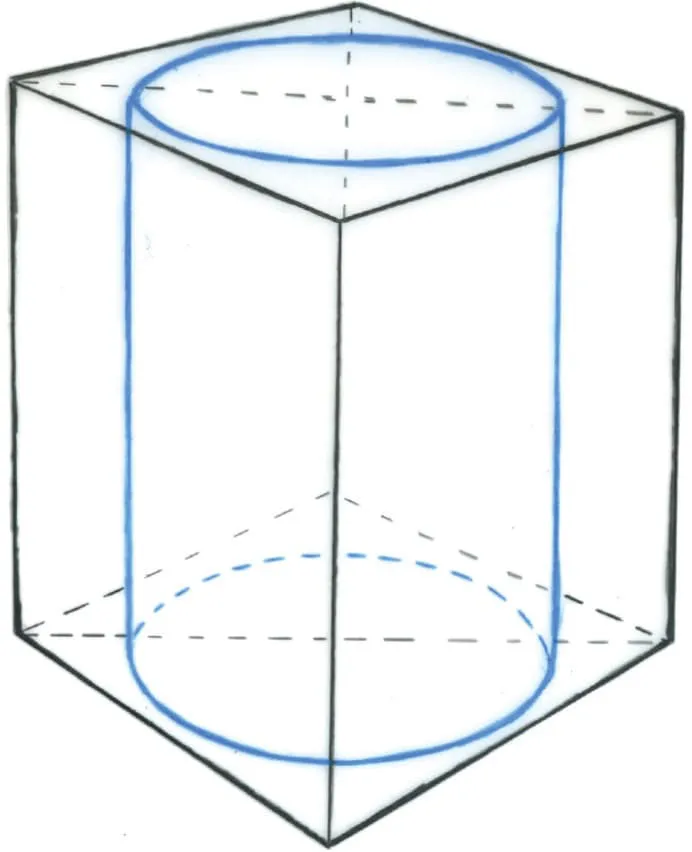
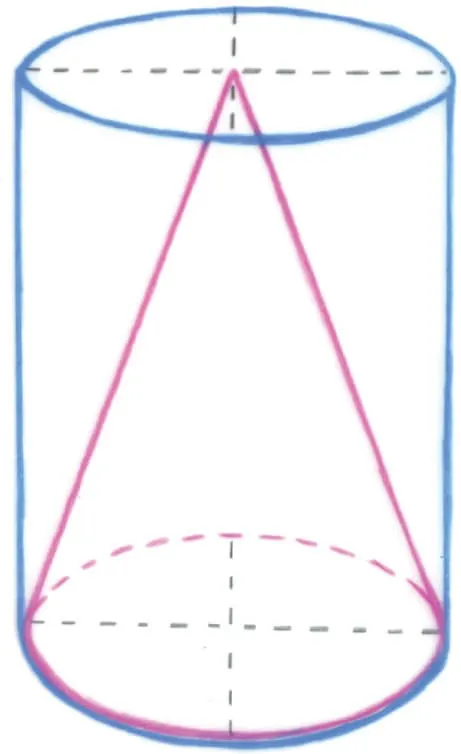
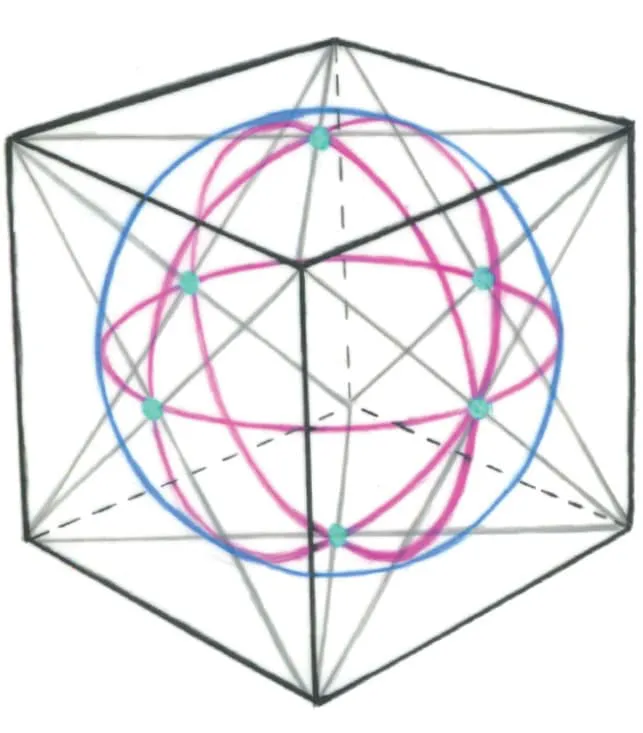
Surface Contour
